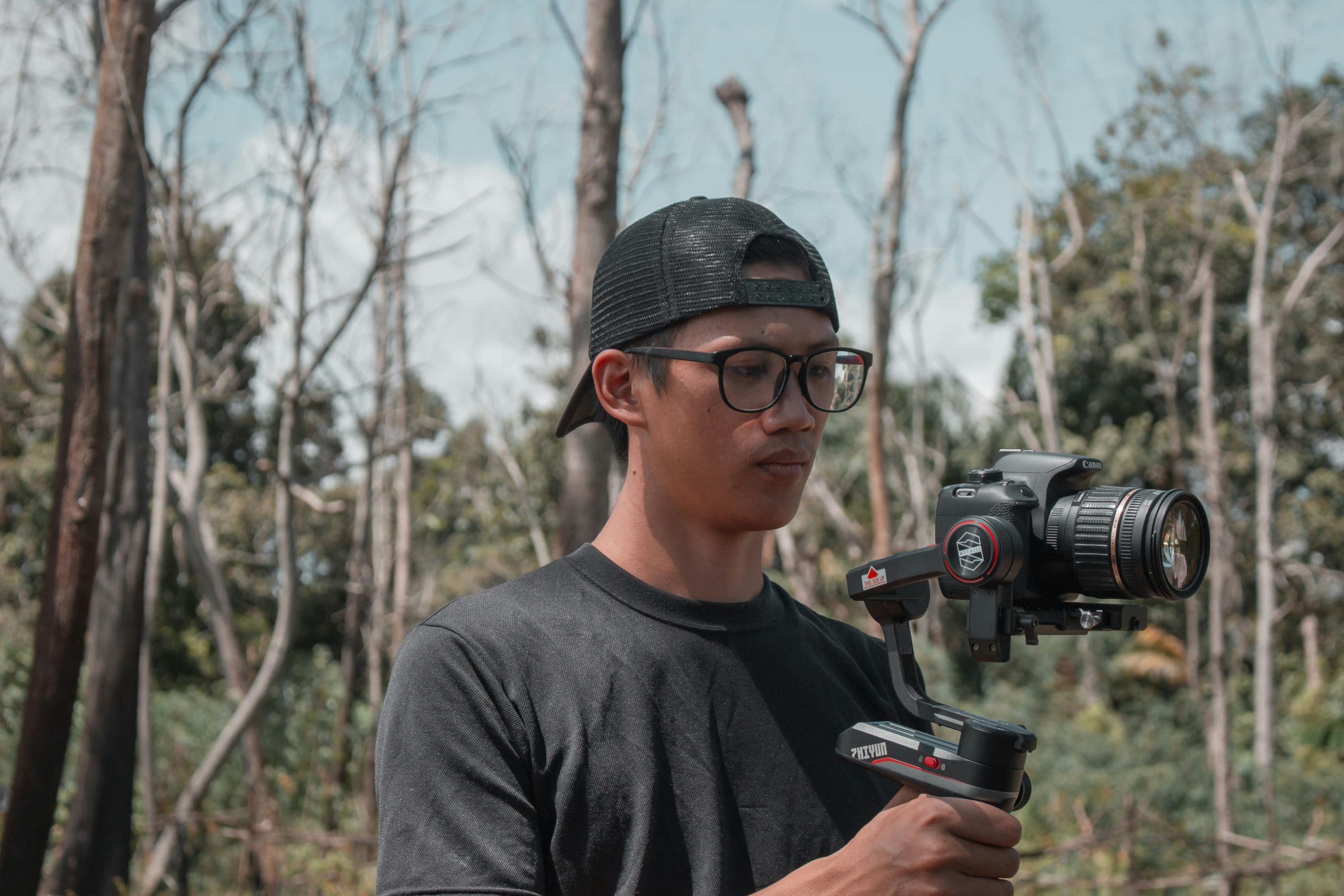
In an era dominated by digital immediacy, professional film photography stands as a testament to the craft and deliberation that define the art form. The choice to shoot with film over digital, despite the latter’s convenience and technological advances, speaks to a photographer’s desire to connect more deeply with the process of image creation. This article explores the nuanced world of professional film photography, highlighting its unique aesthetic, the skills required to master it, and why many today still swear by its enduring appeal.
The Distinct Aesthetic of Film
Film photography is cherished for its distinct aesthetic qualities, which digital sensors often struggle to replicate. The texture, grain, and color rendition of the film provide images with a character and warmth that many photographers find more pleasing and emotionally resonant.
Grain vs. Noise
Unlike digital noise, which can detract from an image, film grain is often sought after. It adds a tactile quality to photographs, enhancing the image’s mood and depth.
Dynamic Range
The film also handles transitions between different tones and colors in a way that many photographers argue is superior to digital. The way film reacts to light and color is inherently different, offering a more comprehensive dynamic range and a gentle roll-off in highlights, which results in subtly more detailed and less harsh images.
Color Rendering
Each type of film stock offers different color renditions and contrasts. Professional photographers often have preferences based on the chromatic subtleties and the emotional responses these films elicit. For instance,
Mastering the Craft
Professional film photography demands a high level of skill and understanding of photographic principles. Unlike digital cameras, which offer the ability to review images immediately, film requires a disciplined approach grounded in a firm grasp of photography fundamentals.
Exposure Mastery
Understanding exposure is crucial in film photography.
Manual Focus and Composition
Many film cameras are manual focus and do not have the aids that many modern digital cameras do. This requires the photographer to be adept at focusing accurately and composing carefully, often under varying lighting conditions.
Developing and Printing
The film process does not end when the shutter button is pressed; developing and printing are just as important. Each step, from choosing the right developer to deciding on the timing of the development and the method of printing (e.g., traditional darkroom prints or scan and digital prints), affects the outcome of the photograph.
The Film Workflow
Film photography’s workflow is markedly different from digital. It is slower and considered from the moment of capture to the final print. This systematic approach often forces photographers to become more intimately connected with their subjects and settings.
Developing
The choice of how to develop film, whether in a personal darkroom or through a professional lab, can dramatically impact the final image’s look.
Printing and Enlargement
Printing from film negatives is an art in itself. It requires understanding the nuances of paper types, chemicals, and exposure in the darkroom. Alternatively, high-resolution scans of negatives allow for digital printing, which also offers a high degree of control over the final image’s appearance.
Why Choose Film?
For many professionals, the choice to shoot a film is as much emotional as it is practical. Film forces photographers to slow down, consider their technique, and focus more on the scene in front of the lens. The tangible elements of film photography, from loading a film to the mechanical sound of a shutter, enhance the tactile experience of image creation.
Moreover, the film can be seen as a rebellion against the impermanence of the digital age. The physicality of negatives and prints offers a sense of permanence and legacy that digital files cannot match. In professional settings, this can translate to a unique selling point, offering clients something distinct and enduring.
The Enduring Legacy of Film
Despite the dominance of digital, professional film photography continues to thrive, championed by a dedicated community that values the quality, craft, and experiential richness it offers. For those willing to embrace its challenges, film photography provides a deeply satisfying artistic pursuit, unmatched in its ability to capture the nuances of light and life.